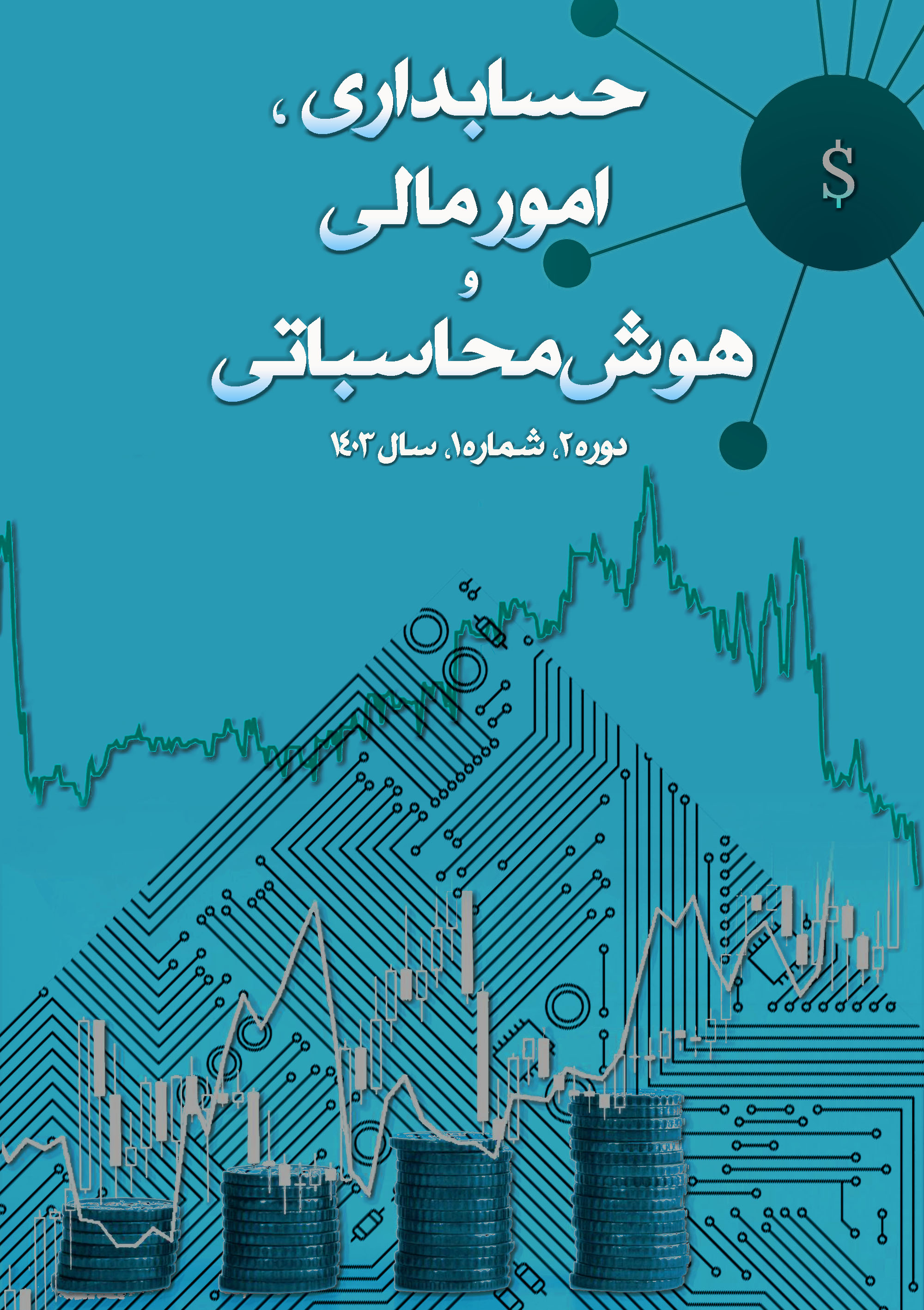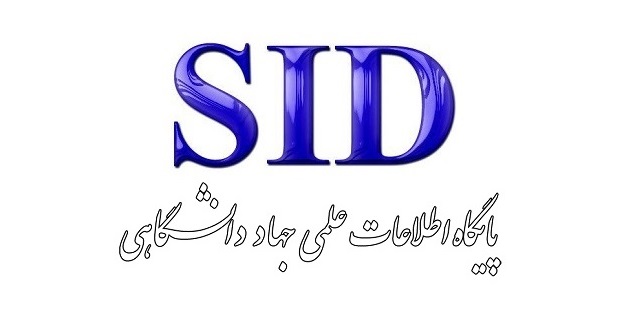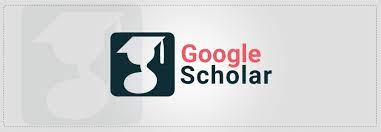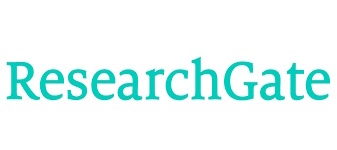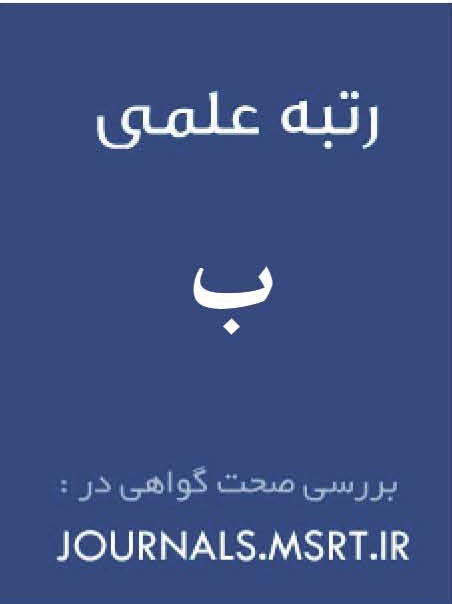Estimation of the Financial Market Crash Rate Model in Iran with an Emphasis on the Dynamic Behaviors of the Free Float Stock Index and Dividend Yield
Keywords:
Financial market crash rate, Dynamic behaviors, Free float stock index, Cash return, Industry indexAbstract
It can be confidently stated that sudden crashes in financial markets over the past hundred years have been among the most significant events in human societies—events that, in addition to inflicting substantial losses on a vast group of investors, have led to major decisions. The occurrence of recent global financial crises and the subsequent abrupt collapse in stock prices of companies in financial markets, which caused significant losses for numerous investors, has attracted the attention of many financial researchers and scholars toward the topic of financial market crashes and their prediction. The sharp decline in financial market prices causes substantial losses to investors’ wealth and undermines their trust in capital markets. This study investigates the estimation of the financial market crash rate model in Iran, with an emphasis on the dynamic behaviors of the free float stock index and dividend yield, using time series econometrics. The study period spans from 1996 to 2023 in Iran. The model estimation was conducted using the Autoregressive Distributed Lag (ARDL) technique. This study is applied in its objective and descriptive-analytical in nature, and it falls under the category of ex post facto research. According to the results of the model estimation, the coefficient of the free float stock index is −0.173730, with a corresponding p-value of 0.0046, indicating a statistically significant impact at the 95% confidence level on the financial market crash rate in Iran during the study period. The coefficient of the dividend yield index in the model is −0.213467, with a corresponding p-value of 0.0061, demonstrating that the dividend yield index also has a statistically significant impact on the financial market crash rate in Iran within a 5% error margin. The coefficients of the variables for the Top 50 Companies Index, the Financial Index, and the Industry Index (with one lag) are −0.949789, −0.755780, and −0.514797, respectively. The associated p-values are 0.0018, 0.190, and 0.0212, respectively, indicating that these variables also exert a negative and significant impact on the financial market crash rate in Iran at a 95% confidence level.
Downloads
References
Abbasi Sir, S., Hashemi Gohar, M., & Faizi, A. (2022). Modeling the factors underlying the behavior of shareholders in the securities market Tehran (Study case: Isfahan Mobarake Steel Company). Modern Researches in Decision Making, 7(1).
Agustia, D., Abdi Muhammad, N., & Permatasari, Y. (2020). Earnings management, business strategy, and bankruptcy risk: evidence from Indonesia. Heliyon, 6(2), e03317. https://doi.org/10.1016/j.heliyon.2020.e03317
Akarsu, S., & Suer, Ö. (2022). How investor attention affects stock returns? Some international evidence. Borsa Istanbul Review, 22(3), 616-626. https://doi.org/10.1016/j.bir.2021.09.001
Akbulut, O. Y., & Hepşen, A. (2021). Finansal Performans ve Pay Senedi Getirileri Arasındaki İlişkinin Entropi ve CoCoSo ÇKKV Teknikleriyle Analiz Edilmesi. Ekonomi Politika ve Finans Araştırmaları Dergisi, 6(3), 681. https://doi.org/10.30784/epfad.945770
Akono, H., Karim, K., & Nwaeze, E. (2019). Analyst rounding of EPS forecasts and stock recommendations. Advances in Accounting, 44, 68-80. https://doi.org/10.1016/j.adiac.2018.10.002
Akyildirim, E., Bariviera, A. F., Nguyen, D. K., & Sensoy, A. (2022). Forecasting high-frequency stock returns: A comparison of alternative methods. Annals of Operations Research. https://doi.org/10.1007/s10479-021-04464-8
Alnafea, M., & Chebbi, K. (2022). Does investor sentiment influence stock price crash risk? Evidence from Saudi Arabia. The Journal of Asian Finance, Economics and Business, 9(1), 143-152.
Amini Mehr, A., Bajalan, S., & Hekmat, H. (2021). A Study on Return Data Behavior in Tehran Stock Exchange and a Regime Change Prediction Method Based on Deep Neural Networks. Financial Management Outlook, 11, 145-171. https://doi.org/10.52547/jfmp.11.34.145
Andrew, X., Chen, Y., & Supasanya, S. (2024). Forecasting Stock Market Crisis Events Using Machine Learning Methods. Crisis Alert.
Arbatli, E. C., Firat, M., Furceri, D., & Verrier, J. (2022). U.S. Monetary Policy Shock Spillovers: Evidence from Firm-Level Data.
Asadi, G., & Kazemi, K. (2018). Study of the Relationship Between Stock Price Crash Risk Using Negative Skewness and Dividend Policy in Companies Listed on Tehran Stock Exchange. Financial Management Outlook, 22, 9-28.
Azadi, K., AzizMohammadlou, H., Tasaddi Kari, M., & Khedmatgozar, H. (2021). The Effect of Financial Statement Readability on Stock Price Crash Risk and Shareholder Behavior. Financial Accounting Knowledge, 8(1), 121-144.
Boshkouh, M., & Keshavarz, F. (2018). Examining the Relationship Between Managerial Overconfidence and Stock Price Crash Risk. Financial Management Strategy, 6(2), 192-217.
Dastgir, M., Sakiani, A., & Salehi, N. (2019). The Effect of Financial Constraints on Stock Price Crash Risk Considering Accruals Effect. Accounting Knowledge Journal, 10(36), 67-90.
Eqtesad, A., & Mohammadi, O. (2023). Portfolio Optimization Through Expected Return Forecasting Using LSTM Neural Network, Random Forest, and ARIMA. Financial Management Outlook, 13(43), 9-28.
Haghighi Naeini, K., Khanjani, M., & Rastgar Sorkheh, M. (2023). A Combined VMD-LSTM Model for Predicting Tehran Stock Market Prices. 1st International Conference on Management, Industrial Engineering, Accounting and Economics Empowerment, Babol.
Hassas Yeganeh, Y., & Moloudi, A. (2011). Corporate Governance and Shareholder Value Creation. Industrial Management Studies, 9(23), 233-261.
Heydarpour, F., & Khajeh Mahmoud, Z. (2014). The Relationship Between EPS Forecasting Characteristics by Management and Risk and Firm Value Aimed at Foresight in Decision-Making. Financial Analysis of Securities, 7(2), 25-46.
Kargar, R., Bayat, A., Mohammadi, A., & Mohammadi, M. (2023). Designing a Financial System Dynamics Model to Predict Performance Variables in Selected Companies on Tehran Stock Exchange. Islamic Economy and Banking Quarterly(44), 407-437.
Nguyen, A. T., & Nguyen, N. T. (2024). How does investor sentiment affect stock market crash risk? Evidence from Asia-Pacific markets. Cogent Economics & Finance, 12(1), 2422959. https://doi.org/10.1080/23322039.2024.2422959
Tamrinia, A., Moradzadeh Fard, M., Nazari, R., & Bani Mahd, B. (2023). A Combined Model for Predicting Financial Crises Based on Free Cash Flows: Evidence from Iran's Capital Market. Investment Knowledge, 12(46), 757-784.
Zhou, L., Chen, D., & Huang, J. (2023). Stock-level sentiment contagion and the cross-section of stock returns. North American Journal of Economics and Finance, 68, 101966. https://doi.org/10.1016/j.najef.2023.101966
Zhu, Y., & Fang, W. (2023). The Complexity Behavior of Big and Small Trading Orders in the Chinese Stock Market. Entropy, 25, 102. https://doi.org/10.3390/e25010102
Downloads
Published
Submitted
Revised
Accepted
Issue
Section
License
Copyright (c) 2024 Masoomeh Darabi (Author); Gholamreza Zomordian (Corresponding author); Bahman Banimahd, Mirfiz Fallah Shams (Author)

This work is licensed under a Creative Commons Attribution-NonCommercial 4.0 International License.
